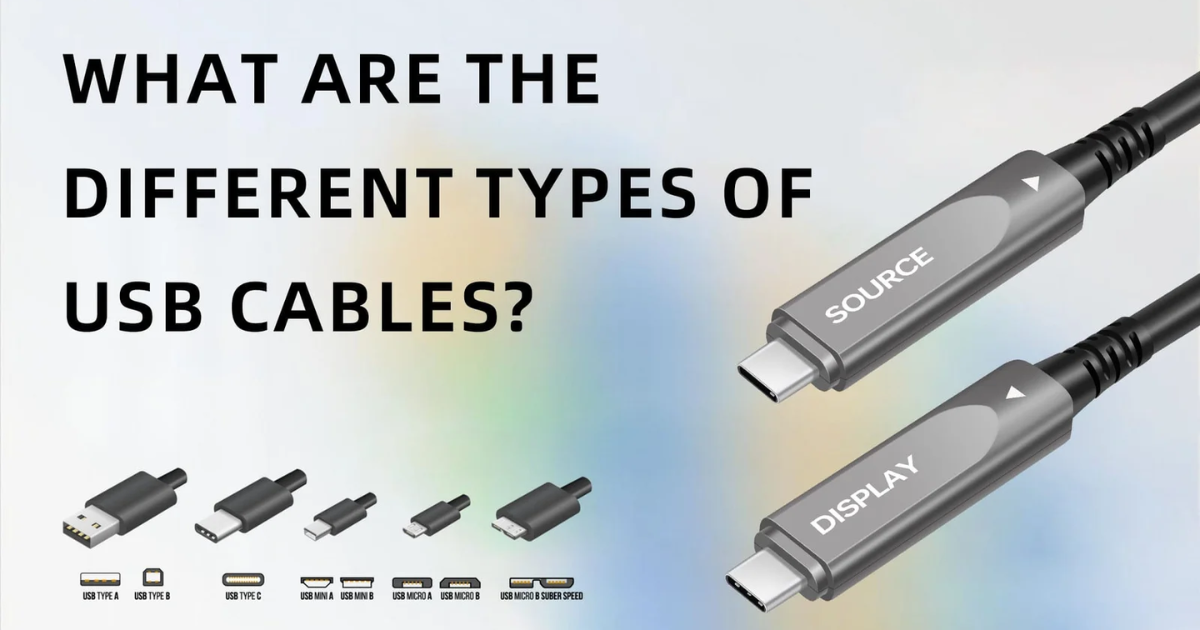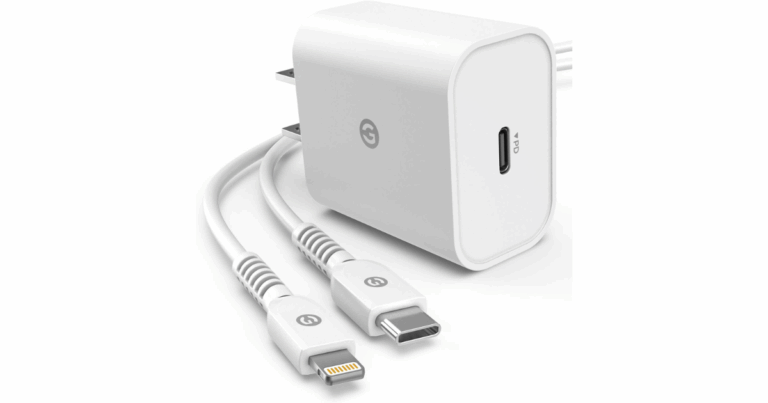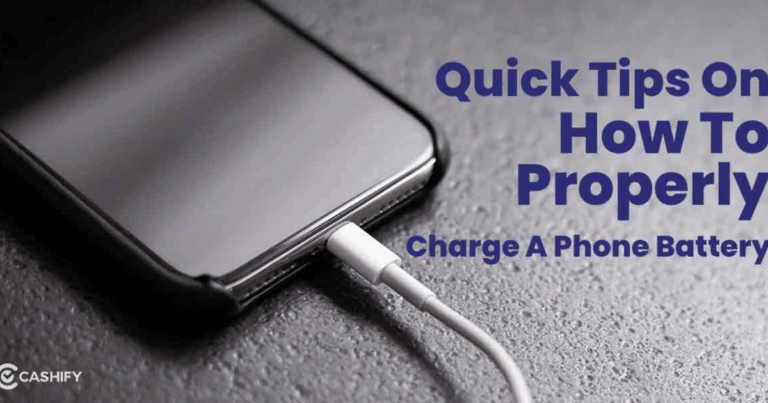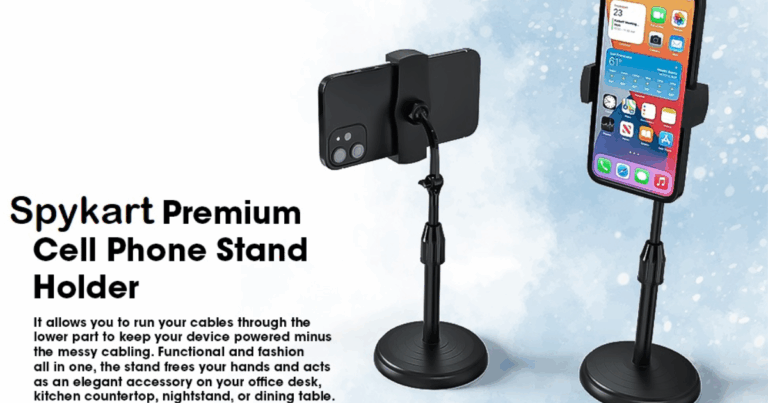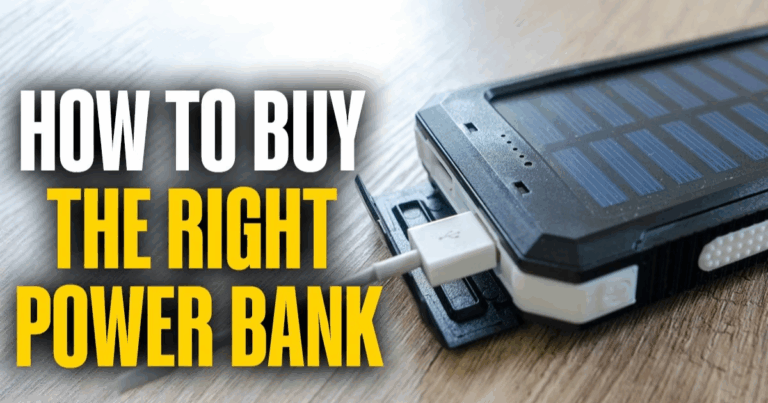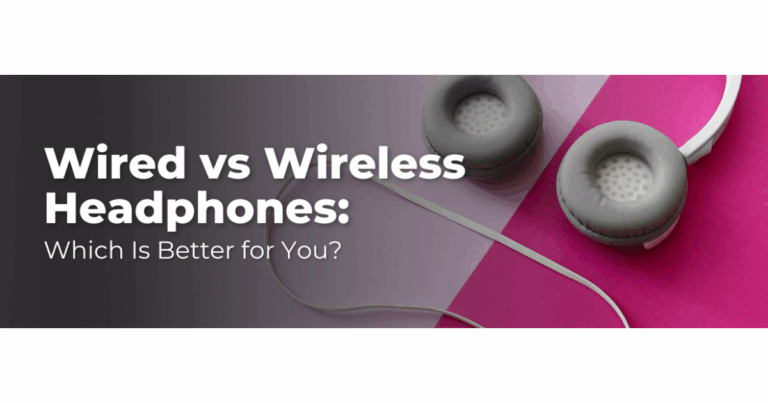In today’s digital world, USB cables are everywhere — from charging smartphones to transferring files between devices. But not all USB cables are the same. Choosing the right type ensures fast charging, smooth data transfer, and device compatibility. “types of USB cables and their uses”
This guide will walk you through the different types of USB cables and their uses, so you can pick the perfect one for your device.
1. What Is a USB Cable?
USB stands for Universal Serial Bus, a standard technology that allows devices like smartphones, tablets, cameras, and computers to connect and exchange data or power.
Over the years, USB cables have evolved — improving speed, design, and efficiency. From the older Type-A connectors to modern USB-C cables, each version serves a specific purpose.
2. Main Types of USB Cables
a. USB Type-A
This is the most common and traditional USB connector.
Features:
-
Rectangular shape
-
Usually found on computers, chargers, and older devices
Uses:
-
Connecting keyboards, mice, and external drives to PCs
-
Charging devices through adapters or power banks
👉 Example: Standard USB port on a laptop or charger.
b. USB Type-B
A square-shaped connector typically used in larger electronic devices.
Features:
-
Found in printers, scanners, and older storage drives
-
Less common in modern gadgets
Uses:
-
Connecting printers or scanners to computers
-
Used in some audio and industrial equipment
👉 Example: USB cable for printers or office devices.
c. USB Mini-B
An older and smaller version of USB Type-B.
Features:
-
Compact connector used in early 2000s gadgets
-
Now replaced by Micro-USB and Type-C
Uses:
-
Used in cameras, MP3 players, and GPS devices
👉 Example: Older digital cameras and portable hard drives.
d. Micro USB
Once the standard for most Android phones, Micro USB cables are still widely used.
Features:
-
Small connector
-
Supports both data transfer and charging
Uses:
-
Charging older Android smartphones and Bluetooth devices
-
Powering accessories like speakers, trimmers, or power banks
👉 Pro Tip: Ensure your Micro USB cable supports fast charging (2A or higher) for better performance.
e. USB Type-C
The latest and most advanced USB standard.
Features:
-
Reversible plug (works both ways)
-
Faster data transfer and charging speed
-
Compatible with laptops, phones, and tablets
Uses:
-
Charging and syncing modern Android devices
-
Power delivery for laptops and tablets
-
Audio and video output (for some devices)
👉 Example: Found in most new smartphones, MacBooks, and iPads.
f. Lightning Cable (Apple)
Apple’s proprietary cable designed for iPhones and iPads.
Features:
-
8-pin reversible connector
-
Exclusive to Apple devices
Uses:
-
Charging and data transfer for iPhones, iPads, and iPods
-
Works with Lightning to USB-A or Lightning to USB-C adapters
👉 Note: Newer Apple devices are shifting to USB-C ports for universal compatibility.
3. USB Versions and Speed
USB cables also differ in terms of generation and speed:
| USB Version | Speed | Common Use |
|---|---|---|
| USB 2.0 | Up to 480 Mbps | Basic charging & data transfer |
| USB 3.0 / 3.1 | Up to 5–10 Gbps | Fast file transfers |
| USB 3.2 / 4.0 | Up to 40 Gbps | High-performance devices, displays, and storage |
👉 Pro Tip: For fast data transfer and quick charging, look for USB 3.0 or higher.
4. Common Uses of USB Cables
-
Charging: Smartphones, tablets, and power banks
-
Data Transfer: Between computers and mobile devices
-
Audio/Video: Connecting displays, projectors, or speakers
-
Peripheral Connectivity: For printers, keyboards, and cameras
-
Power Delivery (PD): For laptops and USB-C charging hubs
5. How to Choose the Right USB Cable
Here’s what to consider when buying:
-
✅ Device Compatibility: Check your phone’s port (Type-C, Lightning, or Micro USB).
-
⚡ Charging Speed: Choose cables that support fast charging (PD or QC 3.0).
-
🔌 Cable Quality: Braided or thick cables last longer.
-
📏 Length: Choose 1m–2m depending on your use.
-
🔒 Brand & Certification: Buy from trusted brands for safety and performance.
6. Maintenance Tips for USB Cables
-
Avoid pulling from the connector — unplug gently.
-
Store cables properly to prevent bends and breaks.
-
Clean connectors occasionally for a better fit.
-
Replace frayed or loose cables immediately.
Conclusion
USB cables may seem simple, but choosing the right one ensures fast charging, safe connections, and longer device life. Whether it’s Type-C for modern devices, Lightning for Apple users, or Micro USB for older gadgets, understanding each type helps you make smarter buying decisions. “types of USB cables and their uses”
At Rukma Electronics, we offer a wide range of high-quality USB cables — from durable braided Micro USB cords to ultra-fast Type-C chargers — all designed for safety, speed, and style.
Shop the best USB cables online at Rukma Electronics and keep your devices connected, charged, and ready for anything!

